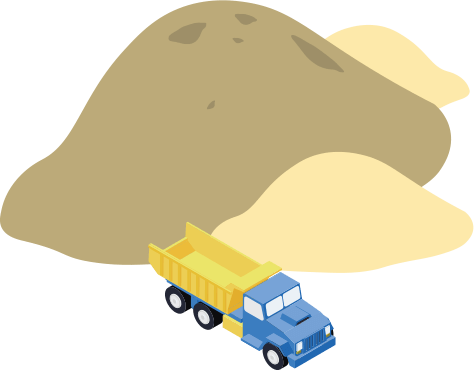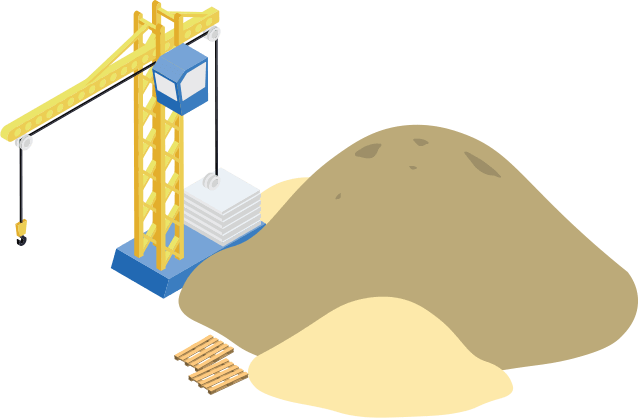 Since I mentioned it and didn’t completely cover the subject, here’s the full story on “the other Web PR” – “Page Rank.” Since I mentioned it and didn’t completely cover the subject, here’s the full story on “the other Web PR” – “Page Rank.”
For those who don’t know the history of Google, there were other search engines and ways of navigating the web such as directories that were important in 1996 when two Stanford graduate students – now billionaires of course – came up with the idea that became Google. |
“Page Rank” is at the heart of that. Those two geniuses – and geniuses they were – reasoned that a search engine needed to be able to figure out what a web page was about – which basically comes from its content – but also how IMPORTANT it was. They decided that the best judge of a page’s importance is what other people thought of it.
How do you know what people consider important?
By links.
If other websites link to a page, and those links agree with page content – and if those links are from web pages which are themselves important – well then, that page is IMPORTANT.
That idea is implemented in part through “PR”, “Page Rank”, a number from 0 to 10 assigned to each page that Google indexes. A page with a PR of 10 is of the highest importance. A PR of 0 is the lowest.
Google then uses these PR values as part of its overall formula (“algorithm”) for determining search engine rankings. In short, the higher your PR, the higher your search engine rankings are likely to be.
Different pages in a website will have different PR’s. Usually the home page has the highest PR.
How do you increase your PR? You get links – but not just any links (see above).
To give you an idea of the scale of PR, Microsoft’s home page is a 9, as is Yahoo.com and the home page of the New York Times. The Drudge Report is an 8. United Airlines is a 7. Tampa Florida’s website is a 5.
For mere mortals, 0 to 3 is easy and not worth much. A 4 is not bad (our home page is a 4). If you can get a 5 or a 6, you are really cranking.









